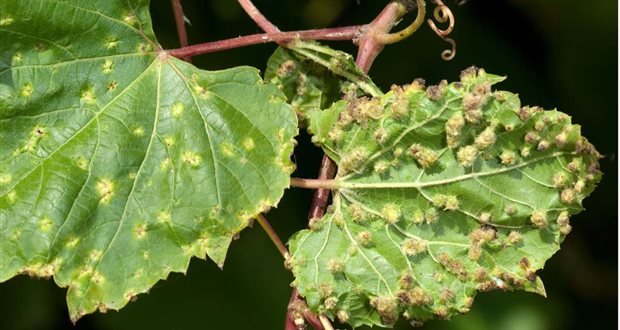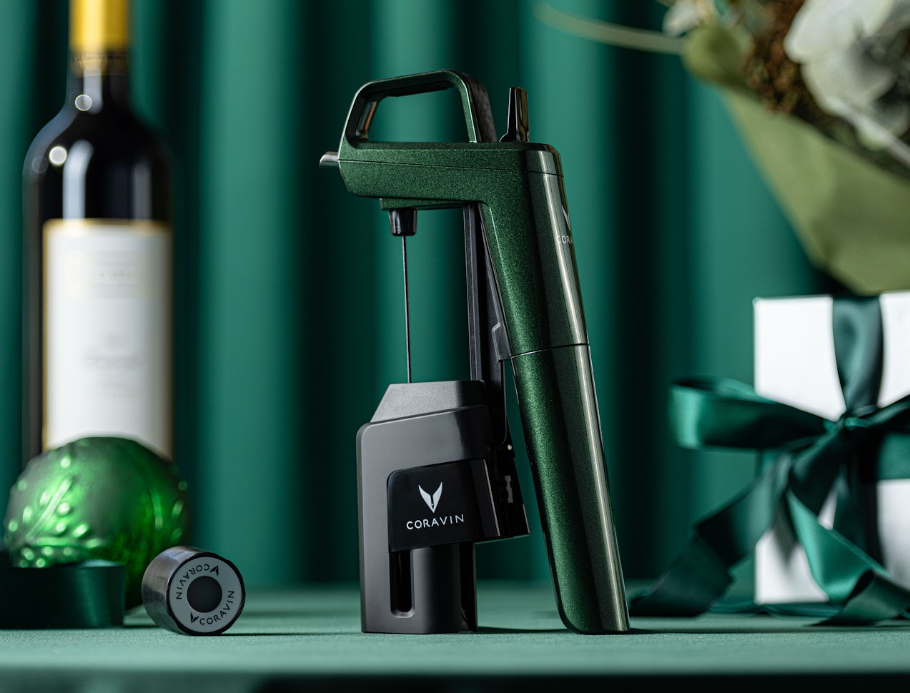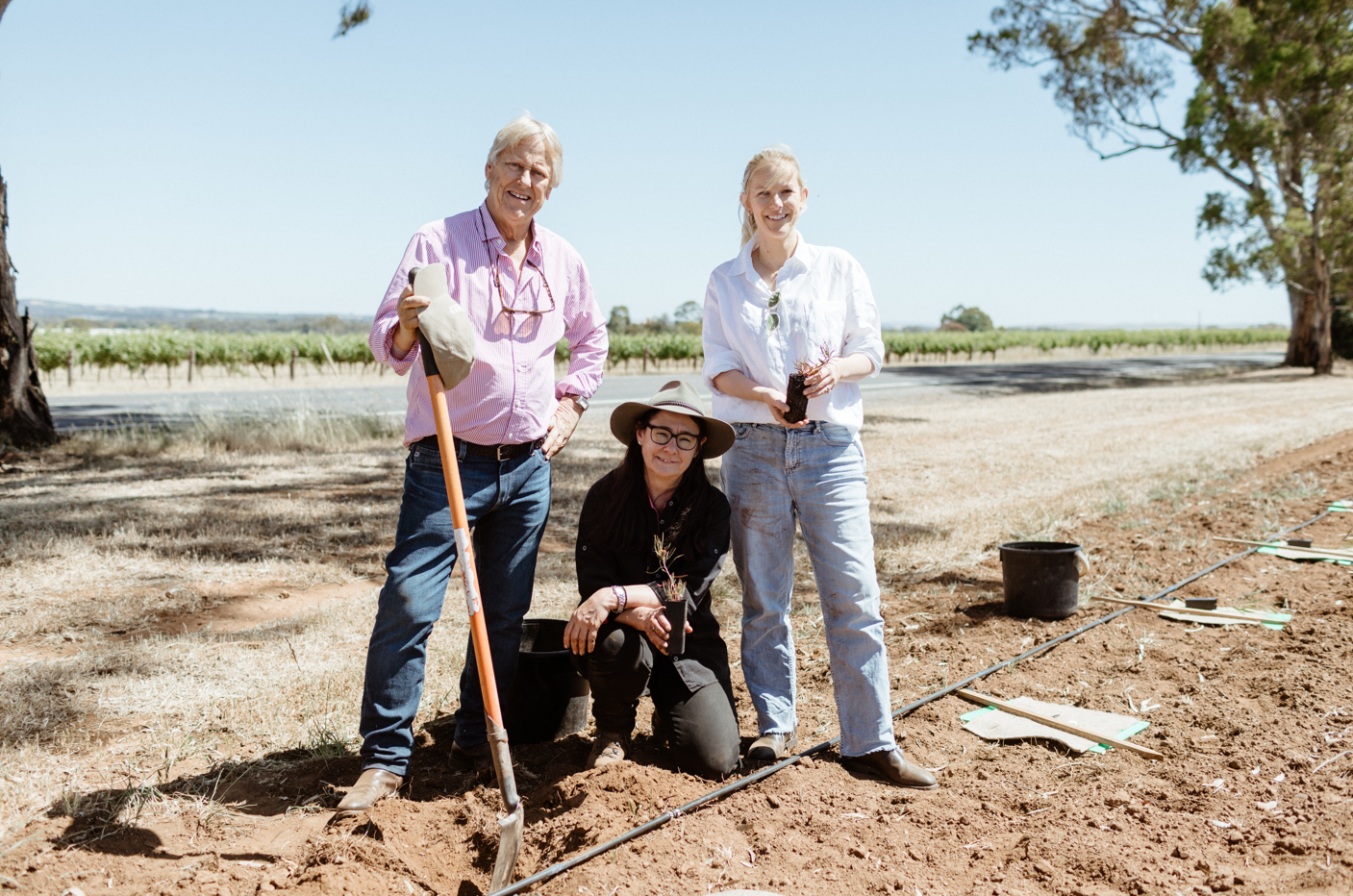Australia is now suffering its second major vineyard virus detection this year, with Vinehealth Australia sending out a phylloxera warning.
It comes after the grapevine pinot gris virus (GPGV) was detected in Australia for the first time this year.
Vinehealth Australia has advised vineyard owners to improve their farm-gate hygiene to help prevent a significant pest or disease incursion such as phylloxera as further detections have been found in Victoria.
“We know phylloxera doesn’t respect state borders. It’s time for vineyard owners to get serious about farm-gate hygiene to prevent an incursion of phylloxera,” said Vinehealth Australia CEO Inca Pearce.
Agriculture Victoria has announced further extensions to the Maroondah Phylloxera Infested Zone (PIZ) to the east, south and west of the existing zone. The Maroondah PIZ was extended to maintain a 5km buffer zone between an infested property’s boundary and the PIZ boundary.
This is the seventh extension to the Maroondah PIZ since phylloxera was first detected in the area in 2006, and follows the notification in March 2017 of an extension to the northern boundary of the zone.
A lack of available chemical or biological control for phylloxera means there is no treatment for a phylloxera-infested vineyard. The only option is to pull out the vineyard and replant with new vines that have been grafted onto phylloxera tolerant rootstock, which comes at an estimated cost of $60,000 per hectare, including vine removal, new grafted vine material and new block infrastructure, notwithstanding loss of production while new plantings mature.
What can growers do to avoid the virus?
Vinehealth Australia has outlined some simple farm-gate hygiene practices that all vineyard owners/managers can implement to minimise the risk of an incursion of a pest or disease on their property.
• Know where grape phylloxera is and is not located in Australia. Know your business links within interstate phylloxera zones. Follow all state quarantine regulations surrounding movement of phylloxera risk vectors, such as machinery, grape bins, equipment and grapes.
• Use fences and gates to restrict people and vehicles accessing your vineyards. Use signs at entrances to advise visitors of reasons for this restriction. Keep a record of all visitors to your vineyard, detailing which wine regions they have visited in the eight days prior.
• Train your staff, contractors and casual labour in best-practice farm-gate hygiene. This includes looking out for and reporting any unusual pests, diseases or vine growth symptoms to Vinehealth Australia on (08) 8273 0550 or the Exotic Plant Pest Hotline on 1800 084 881.
• Only allow machinery and equipment to enter your vineyard if it is clean of soil and plant material and has complied with state quarantine disinfestation and documentation requirements. Ensure all machinery and equipment also leaves your property clean of soil and plant material.
• Instruct visitors and contractors to wear clean clothes before entering your vineyard and to clean and disinfest their footwear upon entry and exit, in accordance with the new Footwear and Small Hand Tool Disinfestation Protocol.
• Source planting material from reputable grapevine nurseries or vine improvement associations.
Vinehealth wants the public to know that they are doing as much as they can to prevent the spread of the virus, including vineyard audits and implementing awareness campaigns.
“We are in contact with Agriculture Victoria to monitor the situation closely in the Maroondah PIZ, and will provide updates when more information comes to hand,” said Inca Pearce. “Importantly, we are asking all growers, wineries and suppliers to the industry to be vigilant and strengthen their biosecurity practices to prevent further incursions.”
Vinehealth Australia is also working on a South Australian surveillance program for Grapevine Pinot Gris Virus (GPGV), which was recently detected for the first time in Australia, and will keep industry updated with information relating to GPGV despite the lack of information provided about the virus so far.
Phylloxera is a reportable pest. Anyone who suspects a phylloxera infestation must report it promptly to the Exotic Plant Pest Hotline on 1800 084 881 or to Vinehealth Australia on (08) 8273 0550.
Share the content










